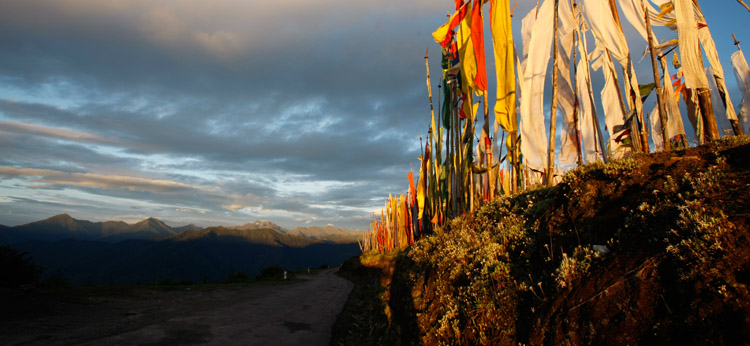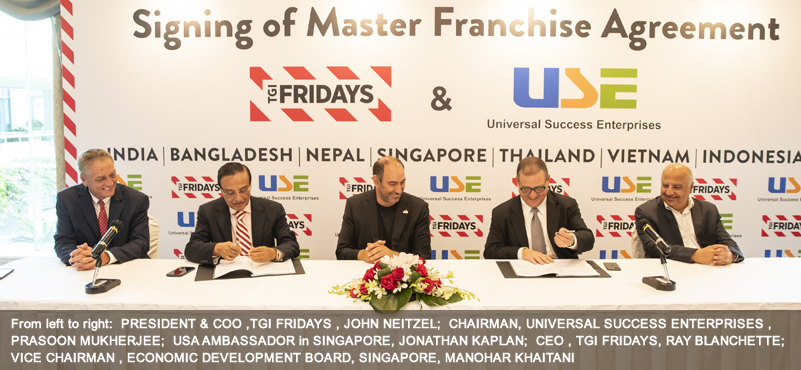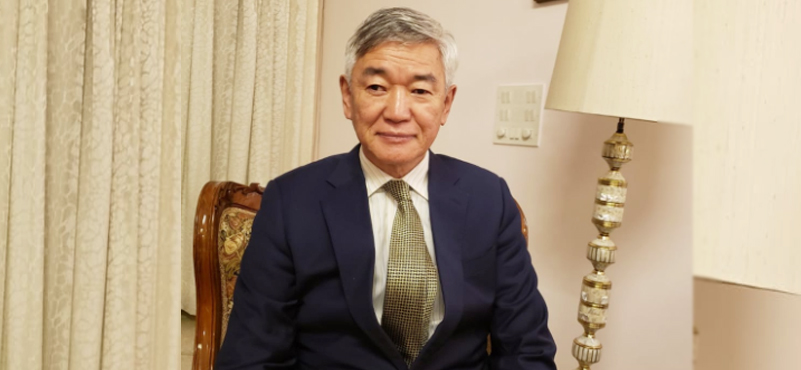Bhutan’s uniqueness not only lies in its plethora of sites and temples that make it a delight for Buddhist tourists, but its management of delicate ecology by regulating footfalls at a time when the larger tourism industry, worldwide, is in midst of a tough competition to attract more travelers.
When the famous British author James Hilton penned his masterpiece ‘Lost Horizon’, he mentioned a place named Shangri-la which is the epitome of peace, tranquillity and happiness, tucked in the lap of pristine Himalayas. Bhutan is the only nation that aptly fits that description, and more. Surrounded by India, China and some parts of Nepal, Bhutan is the only Buddhist country in the world, and thanks to its age-old tradition of Buddhism, it houses some of the most ornate temple structures. It is one of the cleanest countries, too; perhaps, the only nation that measures happiness!
In the recent years, with exposure to the wider world, it is growing as a unique tourist destination in its own right. A bouquet of fascinating products on offer, a tourist can enjoy Paro’s famous Kyichu Lhakhang monastery dating back to 7th century AD; whereas, motor enthusiasts can drive through the Chelela pass – which at an elevation 3,988 meters is considered to be one of the highest motorable passes in the country.
Besides the capital, some noticeable mentions are Punakha and Phuntsholin. Punakha was the old capital and the seat of administration until 1955, now most famous for its rice-farming. Phuntsholin, on the other hand, is a border town and gateway into Bhutan for India. Its geographical location, because of a profound influence of the Indian culture, has given it a distant architectural and cultural positioning. With no major source of revenue, bereft of any mentionable manufacturing and service industry base, “tourism is among the top revenue generator of the country and the highest foreign currency generator,” shared Namgay Wangmo, Marketing and Promotion Division, Tourism Council of Bhutan.
She noted that visiting Bhutan should be more about experiencing a country life. “Most of our visitors return after their tour of western Bhutan, but we would like them to explore the central and eastern Bhutan – as these places have more to offer in terms of happiness and experience,” she said. She stressed that Bhutan had myriad of offerings that included heritage, culture, natural beauty and a range of quality world class hospitality.
Given the age-old friendly ties with India, Bhutan does share an umbilical cord us. It is no surprise that India has always been its top market in terms of arrival numbers. “The footfall for 2015 from India was 91733 which is almost 49% increase from 2014. India has always been our top market in terms of arrival and it continues to grow yearly,” shared Namgay. Bhutan’s other top markets were China, the USA, Thailand and the UK, we were told.
Driven, mostly, by Buddhist tourism, almost all of the destinations in Bhutan have sacred connections to Guru, the second lord Buddha and many other great Buddhist saints and scholars, reflecting in its rich historical anecdotes and many sacred pilgrimage sites. “Majority of the visitors from India likes to visit Dzongs and temples in Bhutan, which stand as the symbol of Buddhism,” she said.
Happiness and simplicity aside, Bhutan’s positioning as a destination will, in all likelihood, continue as a premier destination. Perhaps one of the few nations in the world to do so, it levies 250 dollars per tourist for each day’s stay–it includes food and accommodation. This demonstrates nation’s seriousness towards preserving its pristine ecology and virgin mountains and lakes. At a time when most nations are employing every trick in the sleeve to attract the outbound, Bhutan’s regulation of footfalls is, indeed, admirable. Having said that, the tourism department will continue to work very closely with media to create awareness on Bhutan as one of the most desirable destination, we were informed; and tourism events will be one of the many promotional platforms that it will constantly explore.




































